After teaching classes at Westport Animal Clinic for a little over a year (an ENORMOUS thank you to Dr. Anderson for allowing us to use her space!), I am so very excited to announce that we have signed a lease on a space of our VERY OWN! This new space will not be ready for use for a few weeks while we do some remodeling to prepare the space for classes. Since the next few weeks of our life will be totally consumed by this remodel, I have decided to chronicle some of it in my blog for anyone who might enjoy hearing about the trials and triumphs of our newest project!

That's us in the middle, to the left of Wet Whiskers!
In a few short weeks Camo Cross Dog Training will make it's new home at 710 SW Gage Boulevard. Our neighbors will include: A hair salon, a taxidermist, Wet Whiskers Day Spa (WONDERFUL groomer, by the way!), and a CPR and First Aid Instructor. The space will be smaller than the area we have to work with currently but will open up some new opportunities for Camo Cross Dog Training, including having regular hours that you can drop by and see us, carrying a variety of training merchandise previously unavailable in Topeka, and utilizing nearby Gage Park for some of our training sessions! Some of my students will also be glad to hear NO MORE STAIRS! (especially those with dogs who are afraid of the stairs!)
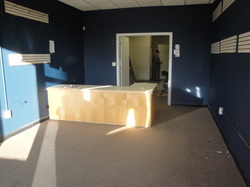
Reception area before
The space does not come ready made (wouldn't that be nice?!) So there is some major work to be done. It's a good thing I am not allergic to elbow grease! We need to move a dividing wall, rip up carpet (NO ONE wants to deal with carpet and puppies, am I right?), discover what is under the carpet, prime the walls, prime the walls again (did you see the dark blue paint?), paint the walls, decide on signage, etc.

Reception area, bye bye carpet!
Today I decided to pull up the carpet and have a look at what is underneath.
And the verdict is...
I'm still not certain what is there! There seems to be areas of concrete, areas of tile, and areas of....? It is kind of fun to ponder how many tenants this place has had and what it looked like for each owner.
And the verdict is...
I'm still not certain what is there! There seems to be areas of concrete, areas of tile, and areas of....? It is kind of fun to ponder how many tenants this place has had and what it looked like for each owner.
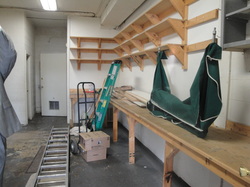
This is part of the training room, not much to look at yet!
The training room definitely needs some major TLC, these work benches will have to go or be relocated higher for overhead storage, new flooring, new paint, and of course adorned with my educational posters. I have also considered a graduation wall for all the lovely graduation pictures of your pups, what do you guys think?
After pulling up the carpet, I decided to go by Menard's and found the perfect floor for the training room but you will have to wait until our open house to catch a glimpse at it, I love surprises!
After pulling up the carpet, I decided to go by Menard's and found the perfect floor for the training room but you will have to wait until our open house to catch a glimpse at it, I love surprises!
Stay tuned for more updates on progress! As soon as I truly realize how much work I have gotten myself into, I will set a deadline for an Open House! It will probably be a Friday afternoon/evening come and go event in the next month or so.
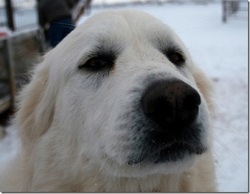
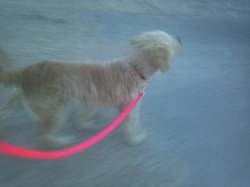
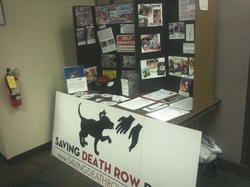
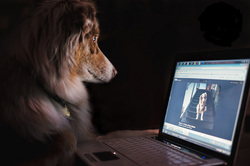

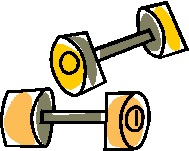
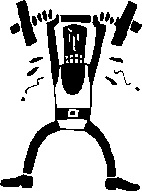
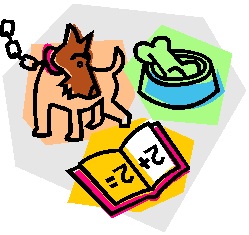
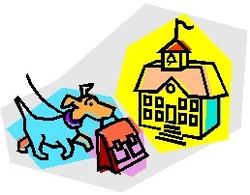
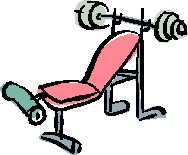
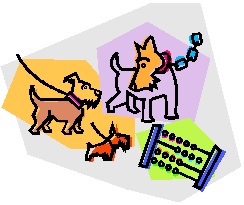
 RSS Feed
RSS Feed